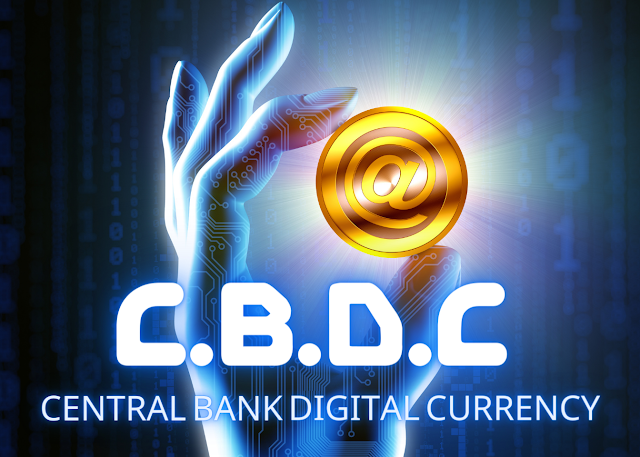What is Central Bank Digital Currency (CBDC)?
A Central Bank Digital Currency (CBDC) is a digital version of a country's national currency that is issued and regulated by the country's central bank. The idea behind a CBDC is to create a digital version of cash that can be used for everyday transactions, such as buying goods and services and can be easily exchanged between people and businesses without the need for a bank account.
CBDCs can take different forms, such as a digital version of physical currency, a digital token on a blockchain, or a digital account-based system. Each form has its own advantages and disadvantages. For example, a digital version of physical currency would be easy for people to understand and use, but it would be difficult to prevent counterfeiting. A digital token on a blockchain would be more secure and transparent, but it would be more difficult for people to use and understand. A digital account-based system would be more efficient and flexible, but it would require people to have a bank account and could also raise privacy and security concerns.
One of the main benefits of CBDCs is that they can help to reduce the dependence on cash and increase financial inclusion by making it easier for people to access and use digital payments. They can also increase the efficiency and security of the payment system, reduce the cost of printing and distributing physical currency, and provide a new way for central banks to implement monetary policy.
CBDCs could also have some negative effects. For example, they could lead to a decline in the use of cash, which could have negative consequences for privacy, financial inclusion, and monetary policy. They could also lead to increased competition between central banks and private sector digital currencies, which could have implications for monetary policy, financial stability, and the international monetary system.
Many countries are exploring the concept of CBDC, including China, Sweden, Uruguay, and Canada. Some countries have even begun testing the concept with a small pilot program. However, no country has yet officially launched a CBDC. The development of CBDCs is still in its early stages, and there are many technical, legal, and policy issues that need to be addressed before they can be implemented.
Overall, CBDCs represents an exciting new development in the world of digital payments and have the potential to bring many benefits to society. However, it is important for central banks and governments to carefully consider the potential risks and benefits before deciding to implement a CBDC. They should also work closely with other central banks and international organizations to ensure that CBDCs are developed and implemented in a way that is consistent with the goals of financial stability, monetary policy, and economic growth.






